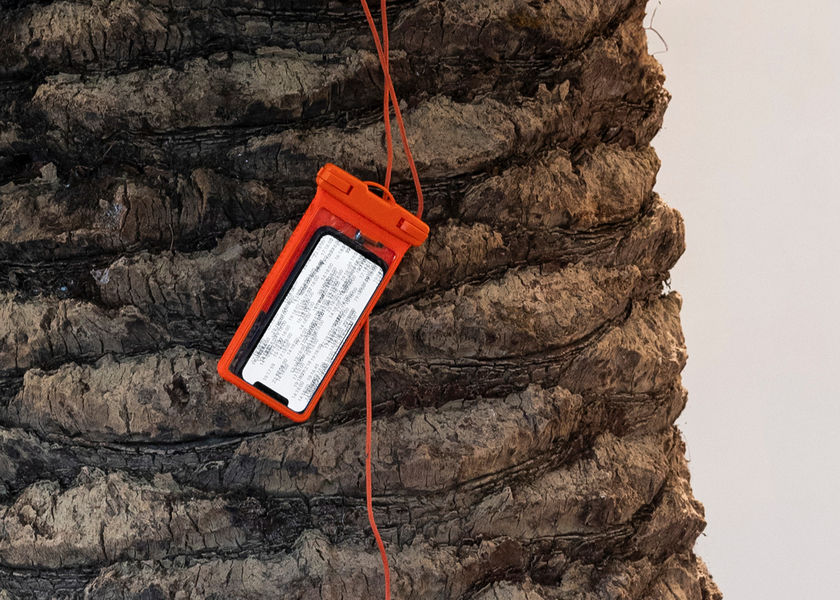l-a-s-e-n-i-o-r-a-i-n-d-i-c-a-r-a
Web app, 2021 - 2024
L-a-s-e-n-i-o-r-a-i-n-d-i-c-a-r-a is work of net art that invites users to participate in a mutual understanding contract, in which the website and the participants agree to establish a single time management criterion based on Western conceptions of planetary, chronological coordination. Through their participation, each user leaves an indelible time stamp on the site that will coexist with the stamps of all past and future visitors.
Curator: Roxana Fabius
Web development: Jonathan Friedman
Launched in partnership with 1708 Gallery and Centro de Exposiciones Subte
Created with the support of Fondos Concursables para la Cultura, Uruguay
Read about this artwork
Eric Hurtgen, "The Hidden, in Plain Sight: The Work of Liliana Farber", New Rural 2021



